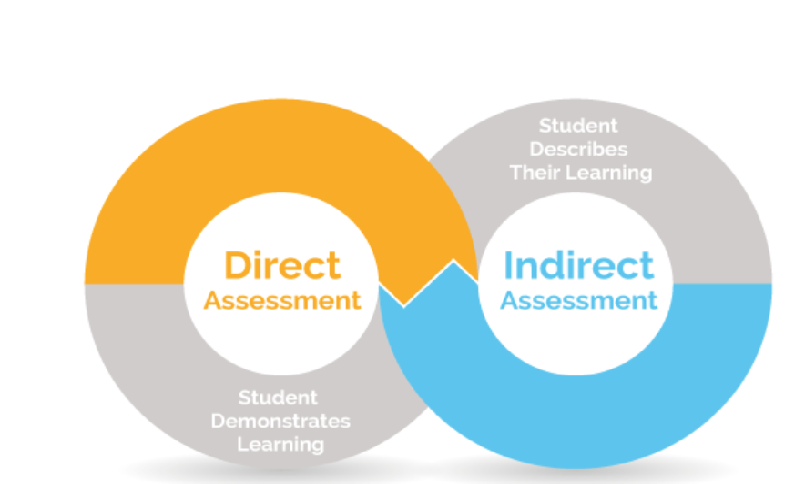Direct vs Indirect Teaching Methods for Knowledge Centered Courses
It can be understood some courses are more knowledge based than others. For example, History, Math, and Science are all subjects typically centered around the teacher bestowing knowledge upon their students. Most of these types of subjects involve direct teaching methods. Some courses may not require as much teacher involvement, for example, Physical Education, English, and Visual Art. Within Physical Education there are models like TGFU (Tactical Games for Understanding), which is an indirect teaching method where the student is at the center of the learning model. The model is meant to make the students feel like their decisions matter since they are able to modify games as they choose, with little teacher involvement.
However, I ponder if these same type of indirect teaching models would work in Math or Science, specifically Math. There have been discussions about reforming the way math has been taught however Davis, Francis, and Friesen (2019) bring up a good point. In their third chapter, on page forty three, about mathematics they discuss the challenges with knowing what to teach and how to teach. They mention direct instruction models a style of teaching which can deliver content efficiently and with fidelity since mathematics is well defined. They also mention proponents of direct instruction argue it is ridiculous for students to be expected to 'discover' concepts of mathematics which eluded even the greatest mathematic minds until quite recently. On the other hand, advocates for indirect instruction argue learning is about drawing understanding from personal experience, and I ask how can this be done from a teacher presenting math as a one method or one size fits all approach? Furthermore, presenting mathematics as a standard form of knowledge, with no room for other methods, risks making it meaningless while suppressing curiosity, creativity, and motivation (Davis, Francis, & Friesen, 2019).
This passage sparked my interest and me reflect on my personal experience with Mathematics. In high school and at Brock University the teaching methods have always consisted of direct instruction. Typically, the teacher presents a new concept, explains how the concept works, follows with some examples, then gives time for students to practice the new concept. This method of teaching works to present new concepts but when I was learning mathematics I and other students would question where am I going to use this? and why am I learning this? Almost like this one size fits all approach of direct instruction lead to boredom or uninterest, or as previously stated lead to a lack of creativity and motivation. Everyday students would come into math, they would prepare to learn a new concept, they would learn the concept then have time to practice after class. But why did they practice? Was it for their own learning or was it to achieve a good grade on the inevitable unit test at the end of every unit. For me, it was the test. I needed good grades for future endeavors but was I interested? No.
So how could indirect teaching methods be introduced into classrooms to spark engagement among students. I thought of a solution, that may work for the practice portion of the class but not the learning portion and this is where the subject matter struggles. How can high school students be taught concepts it took genius' years to figure out? My method would consist of a portion of the class to be direct instruction then having some of it be indirect instruction.
Direct instruction would consist of the teacher explaining the method for a new concept. Indirect instruction could be working in groups to divulge solutions to problems. Or my solution I thought of earlier was to have math competitions, in-class. I remember in elementary school some years we would have 'Mathletes' where students would solve problems to compete for the highest score to earn prizes. It was motivating, and I now question, why take this out? Why not have groups of students competing against other students to promote practice of learning. If some students are struggling with concepts they may learn through osmosis. It applies to chapter one about learning through participation which links to socio-cultural theories of learning. The more students are exposed to other engaged students, hopefully they also find interest in the subject matter.
I would love to hear some of your input on how you would implement indirect teaching into knowledge based courses. It is not an easy task, but the more we discuss it, the more solutions we may have. Also, do you think there is a way to teach concepts through indirect teaching methods? It interests me.
Thank you,
Brandon.
References:
Woosley, S. 2015, August 27th. College Student Learning and Success - Why we Need Indirect Measure. Skyfactor Benchworks. https://www.skyfactor.com/measures-college-student-learning-success-need-indirect-measures/


Comments
Post a Comment